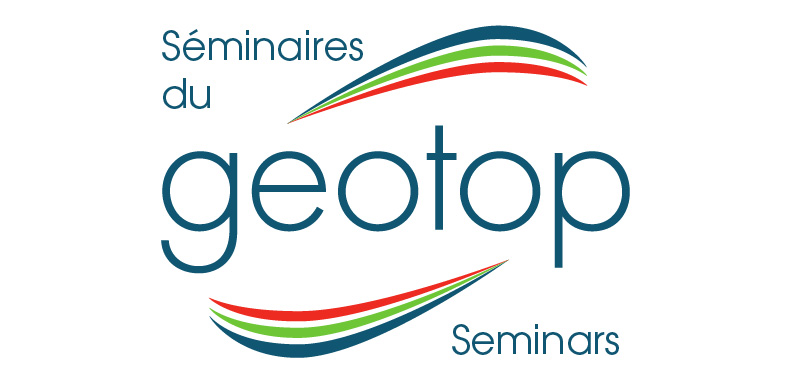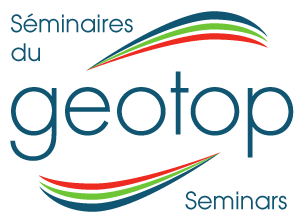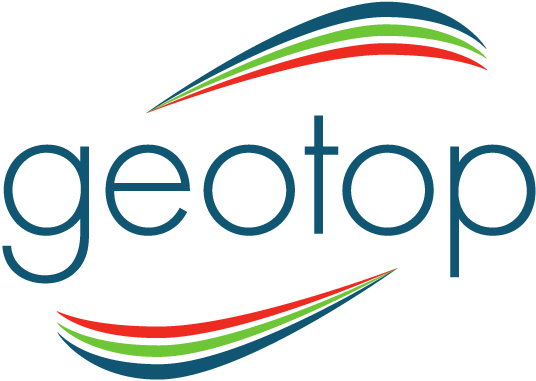Dre Britta Jensen - Far-flung ash: tephra studies in eastern North America
Dre Britta Jensen, U. Alberta
Mardi 2 février 2021 à 12h30 - Tuesday, February 2, 2021 at 12:30 pm
Pour assister en vidéoconférence via Zoom: https://uqam.zoom.us/j/98489691028
Résumé / abstract:
Tephrochronology (-stratigraphy) uses volcanic ash (tephra) deposits to date and correlate archaeological, paleoenvironmental and geological records. Tephra deposits are also the basis for building eruption histories of volcanoes and developing hazard assessments. North America has been in a leader in tephra studies, but this research has largely been limited to the west and focused on visible deposits closer to their source volcanoes. In much of Europe there are fewer visible tephra to work with, but tephrochronology is still widely applied through the use of cryptotephra - tephra deposits not visible to the naked eye. Cryptotephra studies are in their relative infancy in North America but show great potential. For this talk, I will introduce the field of tephrochronology and how we use tephra to explore various research questions. The focus will be on more recent work on cryptotephra in northeastern North America and how volcanic ash is actually fairly abundant in Holocene-aged deposits from Michigan to Newfoundland. This region appears to be ideally placed to capture tephra from most major arcs in the northern hemisphere – rom Kamchatka, Trans-Mexican Volcanic Belt, Alaska, Cascades, and potentially the Kuriles and Japan. This record of tephra deposition shows how we can link paleoenvironmental records from the west Pacific to north Atlantic, and the surprising distances ash can travel. It has also led us to frame new questions beyond the classic applications of tephrochronology, looking at further insights these deposits can provide to fields from volcanology to paleoclimatology.

Far-flung ash: tephra studies in eastern North America
Ajouter au calendrier
2021-02-02 12:30:00
2025-07-05 19:33:01
Dre Britta Jensen - Far-flung ash: tephra studies in eastern North America
Tephrochronology (-stratigraphy) uses volcanic ash (tephra) deposits to date and correlate archaeological, paleoenvironmental and geological records. Tephra deposits are also the basis for building eruption histories of volcanoes and developing hazard assessments. North America has been in a leader in tephra studies, but this research has largely been limited to the west and focused on visible deposits closer to their source volcanoes. In much of Europe there are fewer visible tephra to work with, but tephrochronology is still widely applied through the use of cryptotephra - tephra deposits not visible to the naked eye. Cryptotephra studies are in their relative infancy in North America but show great potential. For this talk, I will introduce the field of tephrochronology and how we use tephra to explore various research questions. The focus will be on more recent work on cryptotephra in northeastern North America and how volcanic ash is actually fairly abundant in Holocene-aged deposits from Michigan to Newfoundland. This region appears to be ideally placed to capture tephra from most major arcs in the northern hemisphere – rom Kamchatka, Trans-Mexican Volcanic Belt, Alaska, Cascades, and potentially the Kuriles and Japan. This record of tephra deposition shows how we can link paleoenvironmental records from the west Pacific to north Atlantic, and the surprising distances ash can travel. It has also led us to frame new questions beyond the classic applications of tephrochronology, looking at further insights these deposits can provide to fields from volcanology to paleoclimatology.
Geotop
admin@example.com
America/New_York
public



